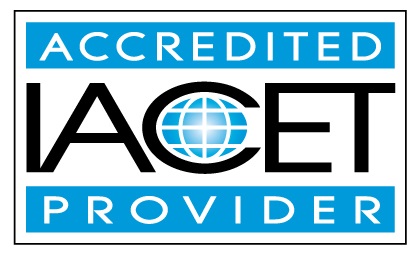Description
Power wheelchairs can provide functional mobility for many clients who are unable to efficiently use any type of manual wheelchair or power operated vehicle (scooter). The most common driving method is a joystick, typically mounted at the end of an armrest. However, not all power wheelchair users are able to operate a joystick. A wide variety of alternative proportional and non-proportional driving methods are available to match an individual’s needs. This article will review many alternative driving methods using a decision making hierarchy to guide the team toward appropriate options to evaluate and trial.
Learning Outcomes:
Learning Outcomes:
1. The participant will be able to list 3 alternative proportional power wheelchair driving methods and clinical indicators for each.
2. The participant will be able to list 3 alternative non-proportional power wheelchair driving methods and clinical indicators for each.
3. The participant will be able to define the function of a Reset switch.
Michelle is an occupational therapist with 30 years of experience and has been in private practice, Access to Independence, for over 10 years. She is a well-respected lecturer, both nationally and internationally and has authored numerous texts, chapters, and articles. She is the co-editor of Seating and Wheeled Mobility: a clinical resource guide, editor of Fundamentals in Assistive Technology, 4th ed., NRRTS Continuing Education Curriculum Coordinator and Clinical Editor of Directions magazine. Michelle is on the teaching faculty of RESNA. Michelle is a member of the Clinician Task Force. Michelle is a certified ATP, certified SMS and is a Senior Disability Analyst of the ABDA.


